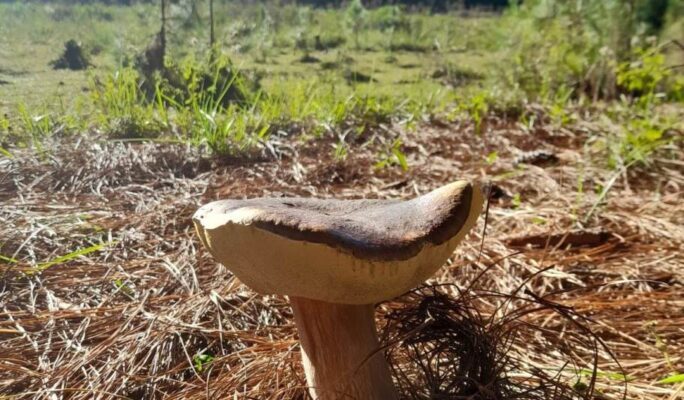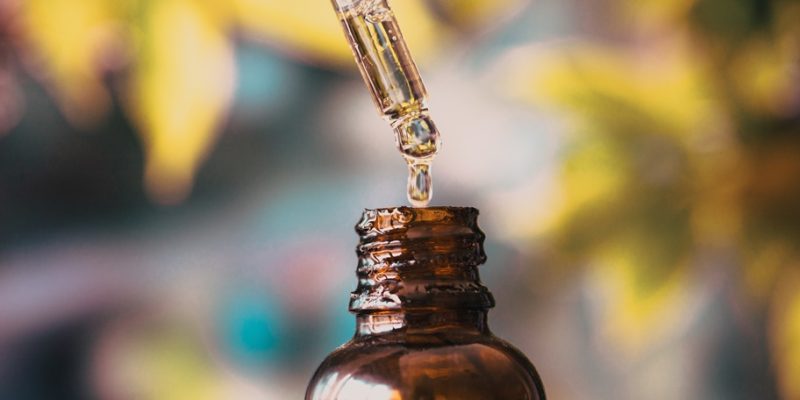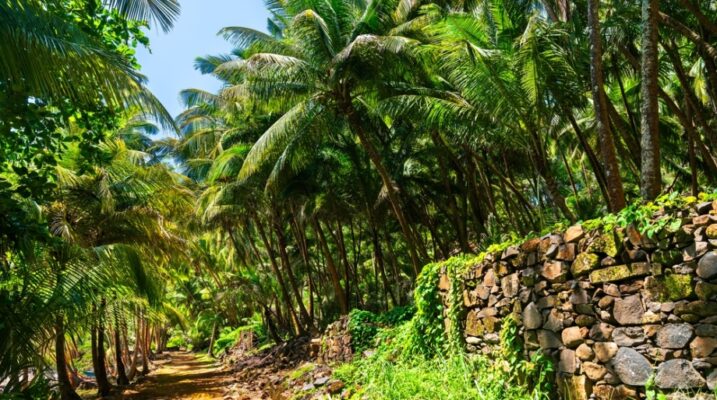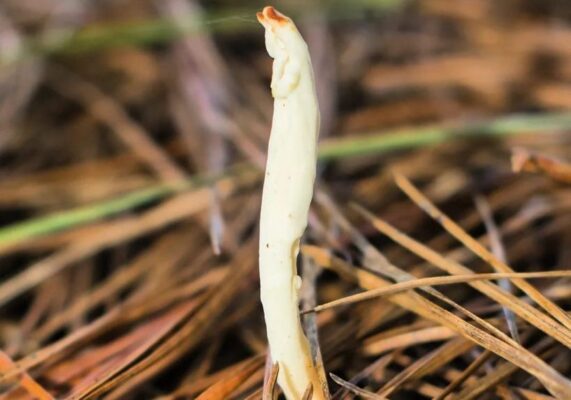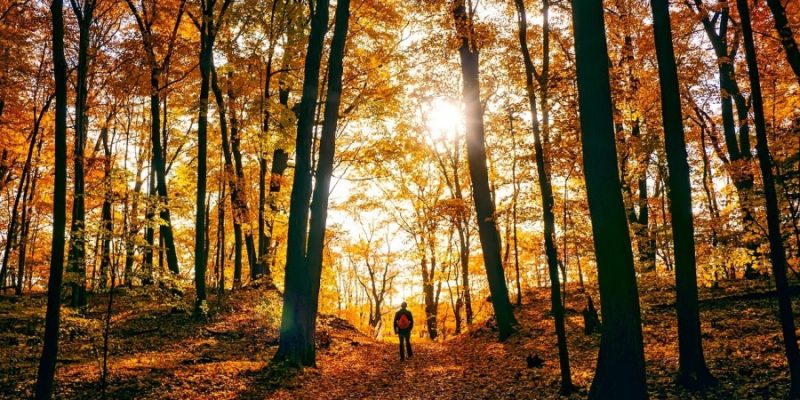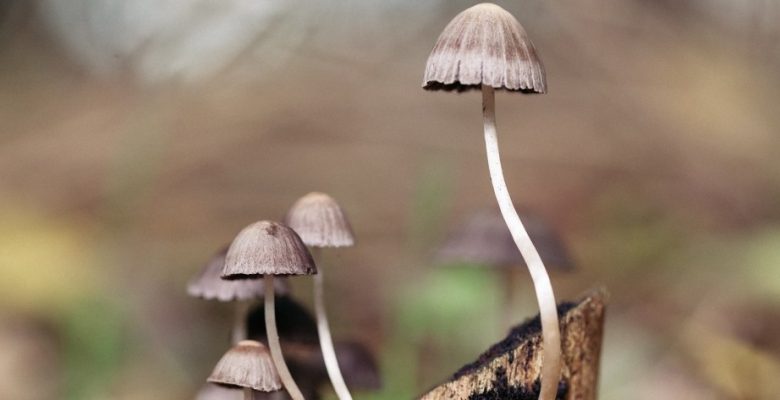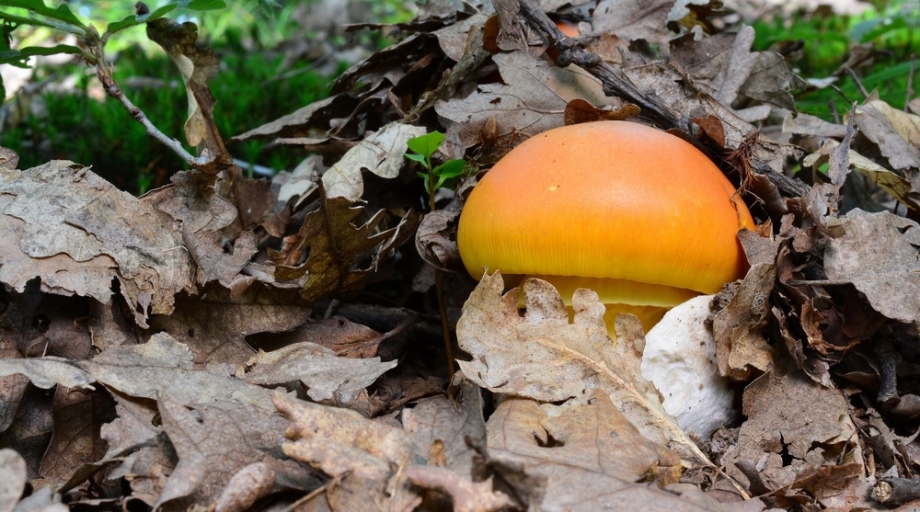
It’s a strange thing with wild mushrooms: you only see them when you consciously look for them. They’re kind of invisible if you don’t know about them or if you’re not interested.
I mean, I had been hiking for many years — it’s a real hobby of mine — and I actually never really noticed them. I saw trees, plants, wildlife, the mountains, rocks, creeks, lakes, and whatnot. But no mushrooms.

Yet, in 2015 — and merely by chance — I photographed some Chanterelle mushrooms on one of my hikes in the South of France, and an acquaintance who saw my pictures remarked that “… those are very tasty mushrooms.” That changed everything for me because I did like to eat mushrooms (although I only knew the Champignon de Paris at the time) and the idea of foraging edible mushrooms suddenly attracted me a lot.
So, that was the start of something quite new for me; my hikes increasingly involved looking for mushrooms. In fact, I became a so-called mushroom hunter and quite fanatic. Then, suddenly, you really start to see a lot of mushrooms. Many different kinds, everywhere, and with each new type you find you want to know if they are edible (well, if you’re into eating mushrooms, of course).
It also means that identification of mushrooms becomes a big thing, which involves meticulous research and comparisons and likewise how to prepare them if they are edible, because you don’t want to get sick or perhaps even die after eating them.
You also learn that certain mushrooms only “flower” in certain seasons of the year, in specific settings in association with certain types of trees, or on rotting wood, or in grasslands and pastures, etc. It means that depending on what the season is (like spring or autumn, for instance) and where you are (the specific environment you hike in) you’ll start to look for certain kinds of mushrooms.
And when I mean “look” I really mean “look” by which I want to say that your eyes and brain will focus on a certain type of mushroom that has this or that color and form and grows in a specific environmental setting. For instance, if you look for the Pleurotus albidus, your eyes would go for white oyster-shaped “things” of about 4 to 10 centimeter in size that grow on dead wood that lies on the forest floor or on dead trunks still standing.
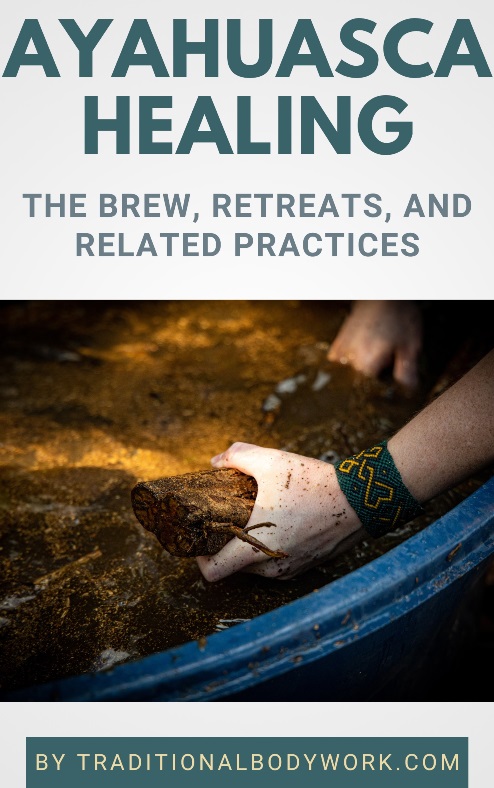
And then it also means that you will — for instance — most likely miss out on the yellow-brown Armillaria puiggarii (commonly known as Honey mushroom) even if you would be very close to them. The thing is — usually you only see what you’re looking for or are focused on, even if things are in full and clear sight.
In any case, it’s quite funny, because today I sometimes try NOT to focus on finding mushrooms just to be able to again see all the other beautiful things in Nature. That’s hard, because after ten years busying my self with mushrooms my brain is kind of “wired” to look for them whenever I hike.
All in all, today the “invisible” world of mushrooms has become quite visible to me. And I wouldn’t want to have missed that for the world. It’s simply such a great pleasure to forage mushrooms, find edible ones, come home, and eat your “catch.”






